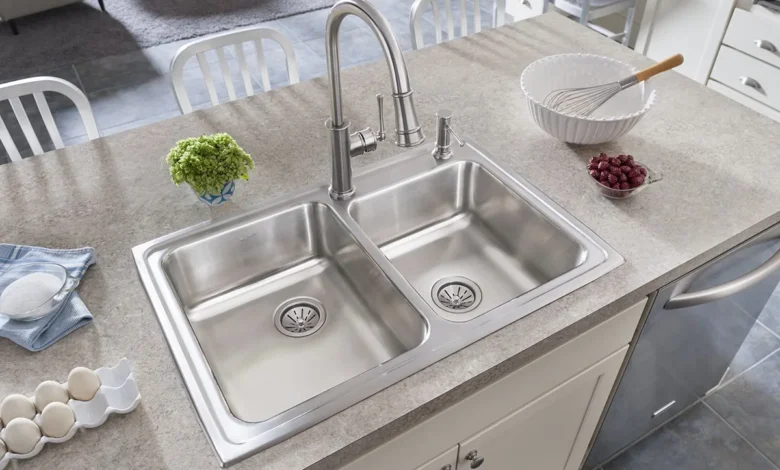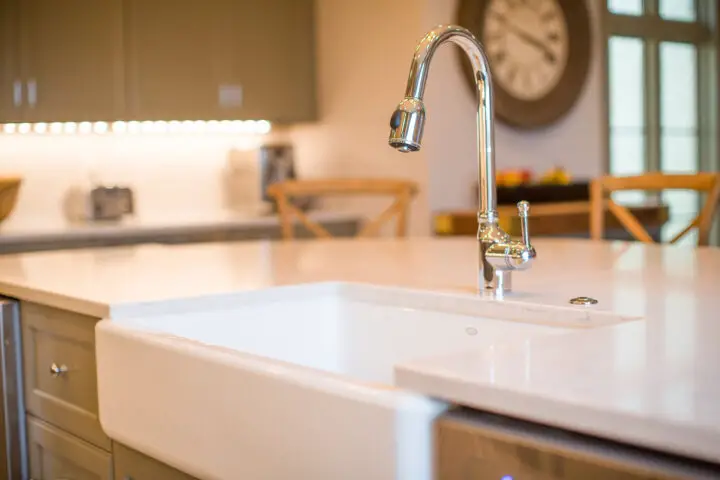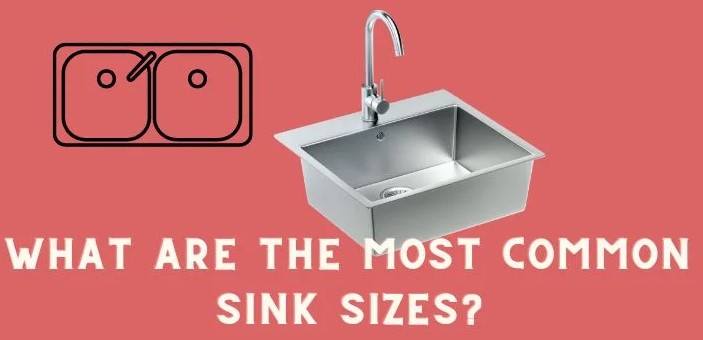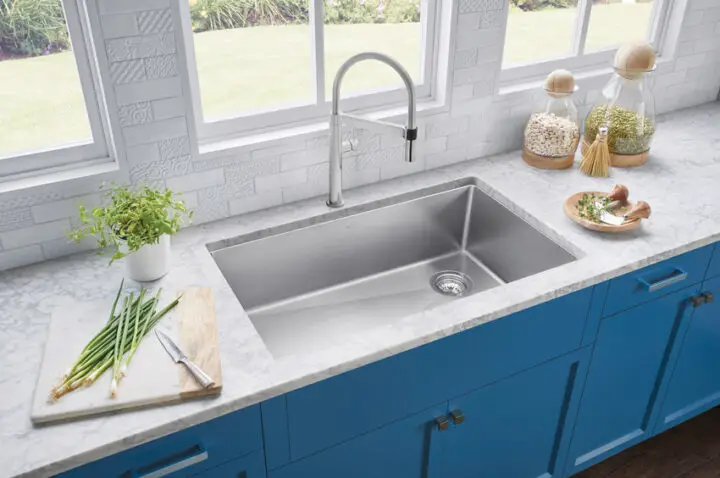What To Look for When Buying a Ready Made Kitchen Sink – 2024 Guide

When embarking on the journey to purchase a ready-made kitchen sink, it’s crucial to approach the task with a clear understanding of your needs and the vast array of options available. In 2024, the market is flooded with innovative designs, materials, and features, making the humble kitchen sink more than just a functional basin for washing dishes. It’s a statement piece, a blend of functionality and style. This guide aims to simplify your decision-making process, ensuring that you find a sink that not only complements your kitchen’s aesthetics but also meets your practical requirements.
Understanding Sink Materials

The first critical aspect to consider is the material of the ready made kitchen sinks. This choice impacts not only the look of your kitchen but also the longevity and maintenance of the sink. The most common materials include stainless steel, granite composite, fireclay, and cast iron.
Stainless steel sinks are a classic choice, known for their durability and ease of maintenance. They resist heat and stains and fit seamlessly into almost any kitchen design. However, they can be prone to scratching and water spots, requiring regular upkeep to maintain their shine.
Granite composite sinks offer a robust and stylish alternative. Made from a mix of granite stone dust and acrylic resins, they are highly resistant to scratches, chips, and heat. These sinks come in various colors and provide a luxurious, matte finish to your kitchen. Their downside is the weight; they require robust cabinetry to support them.
Fireclay sinks, known for their rustic charm, are made by molding ceramic clay into shape and then baking it at high temperatures. This process makes them incredibly durable and resistant to scratches and stains. They are perfect for traditional or farmhouse-style kitchens but come with a higher price tag and considerable weight.
Cast iron sinks, coated with a layer of enamel, offer a glossy, elegant look. They are durable and easy to clean but can be quite heavy and might require additional support. The enamel can chip over time, exposing the iron beneath to rust.
Evaluating Sink Sizes and Configurations

Once you’ve decided on the material, the next step is to consider the size and configuration of the sink. Sinks come in various sizes and styles, including single bowl, double bowl, and even triple bowl options.
Single bowl sinks are a great choice for smaller kitchens or for those who prefer a larger, uninterrupted washing space. They are ideal for washing large pots and pans. However, they lack the versatility of separate areas for washing and rinsing.
Double bowl sinks offer more flexibility, allowing you to use one side for washing and the other for drying or prepping food. They are particularly useful in busy kitchens. The downside is that the divided space can be too small for larger items.
Triple bowl sinks, a less common choice, provide even more versatility, often featuring two larger basins with a smaller one in the middle for waste disposal. These are ideal for serious cooks but require a considerable amount of space.
Importance of Sink Depth

Depth is another crucial factor. Deeper sinks allow you to easily wash large items and reduce splashback. However, they can be uncomfortable for shorter individuals or if you spend long periods at the sink. Shallow sinks are more ergonomic but may lead to more water splashing onto the counter.
Faucet Compatibility
Your sink choice should also be compatible with your faucet. Ensure the sink has the appropriate number of holes for your faucet’s configuration – whether it’s a single handle, a separate spray, or additional accessories like soap dispensers. Some sinks come with pre-drilled holes, while others are customizable.
Installation Types and Their Impact
The way your sink is installed is not just a practical consideration but also affects the overall look. The most common installation types are top-mount, undermount, and farmhouse-style.
Top-mount sinks, also known as drop-in sinks, are the easiest to install. They simply drop into a hole in your countertop and are sealed around the edges. This type is affordable and works with most countertop materials, but the lip around the sink can collect grime.
Undermount sinks offer a sleek, seamless look as they are mounted beneath the countertop. This makes cleaning easier as you can wipe debris directly into the sink. However, they are typically more expensive and require stronger countertop materials like granite or marble.
Farmhouse-style sinks, also known as apron-front sinks, have a front that extends slightly over the edge of the counter. They make a strong design statement and are ideal for larger kitchens with a rustic or traditional theme. Their installation is more complex and often requires custom cabinetry.
Drain Placement and Its Practicality
The position of the drain can impact the usability of the sink. A centrally located drain is more traditional, but a drain placed towards the back provides more usable space in the basin and more under-sink cabinet storage. Also, consider if the sink comes with a drain assembly or if you need to purchase it separately.
Noise Reduction Features
In the bustling environment of a kitchen, the noise level can be a concern. Many modern sinks come with noise reduction features like sound-absorbing pads or coatings. These features are particularly important with stainless steel sinks, which can otherwise be quite loud when dishes and utensils are being washed.
Maintenance and Care Requirements
Lastly, consider the maintenance required for the sink you choose. Stainless steel and composite sinks are generally low maintenance, while fireclay and cast iron require more care to prevent staining and chipping.
Closing Thoughts

Choosing the right kitchen sink involves balancing functionality, style, and practicality. By considering these key aspects, you can select a sink that not only enhances the aesthetics of your kitchen but also meets your daily needs. Remember, a well-chosen sink can be a long-term investment in the comfort and functionality of your home.
